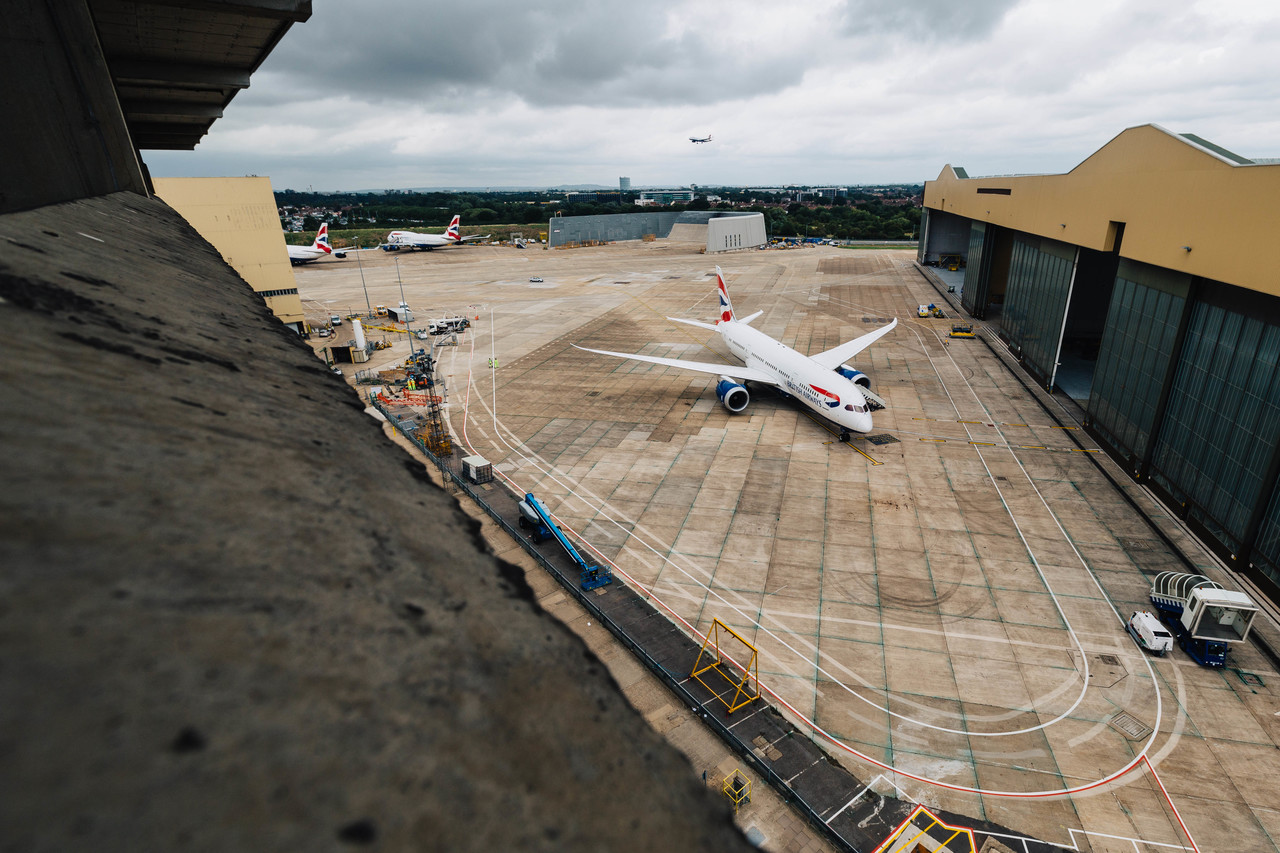
Engine problems affecting certain Boeing 787 Dreamliner aircraft have been widely reported for some time now but it seems like the ongoing issues don’t show any sign of ending anytime soon. The engines in questions are the Trent 1000 type made by British aerospace giant Rolls Royce and the problem which first affected the 787-8 variant have now widened to the slightly larger 787-9.
There are lots of airlines which operate the Boeing 787 but not all operators of the aircraft have been affected – that’s because airlines had the pick of two engines when they placed orders with Boeing. An engine for the aircraft made by GE hasn’t had any problems so airlines which chose this option haven’t faced any delays or cancellations.
But airlines which put their faith in Rolls Royce have faced significant challenges over what the engine manufacturer calls “durability issues” with its Trent 1000 engines. Airlines have been forced to send their planes off for one-time safety inspections – engines found to be affected need to be changed and that takes time and money.
What is the problem affecting Dreamliner engines?
The first problem was first reported in April when Rolls Royce identified an issue with its so-called ‘Package C’ engine. The compressor blades were said to be prematurely ageing in some engines which powered around 25% of all Dreamliner’s currently flying. Rolls said the “majority” of the engines passed the inspection but airlines have stilled struggled with the disruption.
But then the issues widened when Rolls identified a separate issue affecting the Package B option of the same engine. Unsurprisingly, airlines have been less than impressed with Rolls who will have to pay out millions of Dollars in compensation to clients. The manufacturer says it has stepped up its efforts to get inspections completed but some airlines have complained of slow progress.
How has this affected airlines?
Aviation regulators around the world have imposed restrictions on certain Dreamliner operations, forcing airlines to keep their aircraft within proximity of airports that they can divert to should a problem arise inflight. Flight plans and times have been lengthened – meaning flying these state-of-the-art aircraft, which are meant to save fuel, is having exactly the opposite effect.
Airlines which have most notably been affected include low-cost long-haul carrier, Norwegian which has built its intercontinental fleet with brand new 787 Dreamliner’s. Norwegian has kept its schedule largely intact by wet-leasing aircraft – a decision which has made headlines on several occasions.
First, Norwegian came in for criticism for wet-leasing a dilapidated 747 Jumbo Jet from Spanish company Wamos. Then it won applause of hiring out the first ever second hand Airbus A380 from Portuguese company, Hi-Fly which even featured a luxury ‘Suites’ cabin.
How have airlines responded?
Norwegian, however, didn’t factor in the fact that the terminal at New York’s JFK which the aircraft was scheduled to operate to didn’t have the capacity to handle more than one A380 at a time. A timetable clash with another A380 operator at the airport resulted in Norwegian’s service facing significant delays (cue even more compensation).
British Airways, a longtime Rolls Royce customer, has also faced disruption. The airline, which is owned by Madrid-based IAG, was able to call upon investment partner Qatar Airways to provide spare long-haul aircraft and crew to operate a small number of flights to Muscat, Dehli and Kuwait. That wet-lease agreement is set to finish at the end of August but BA is still facing problems.
What next?
A small number of flights operated by the airline’s Dreamliner fleet are set to be cancelled with one of BA’s daily services to Los Angeles getting axed according to official timetables. The airline’s service to Muscat is also being cut back to free up spare aircraft during one of the busiest months for air travel in the Northern hemisphere.
These cancellations, however, pale in comparison to Japenese airline, ANA which cancelled nearly 300 flights in July to get its fleet of Dreamliner’s inspected.
Bizarrely, Rolls Royce has recently upgraded its financial forecasts – saying it can cope with the mounting costs of the Trent 1000 problems. Passengers, airlines and their crew, though may still face disruption for months to come.
Mateusz Maszczynski honed his skills as an international flight attendant at the most prominent airline in the Middle East and has been flying ever since... most recently for a well known European airline. Matt is passionate about the aviation industry and has become an expert in passenger experience and human-centric stories. Always keeping an ear close to the ground, Matt's industry insights, analysis and news coverage is frequently relied upon by some of the biggest names in journalism.







